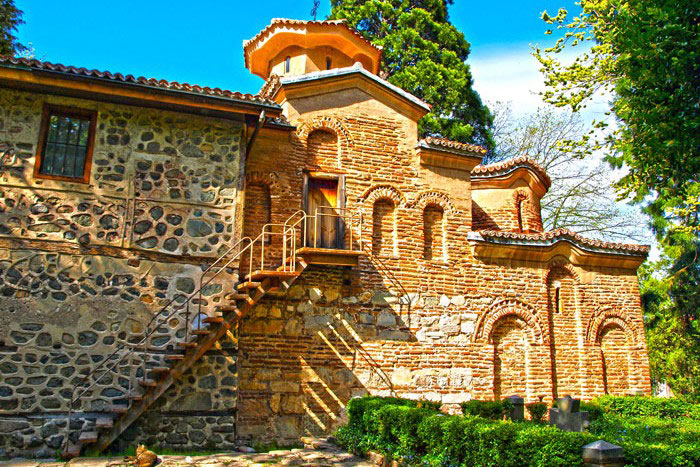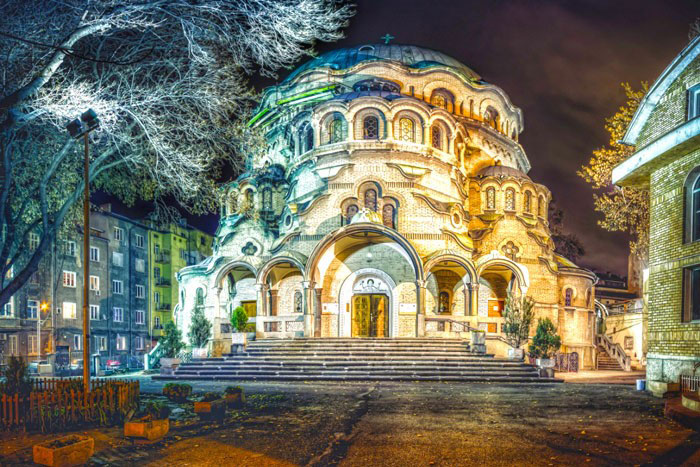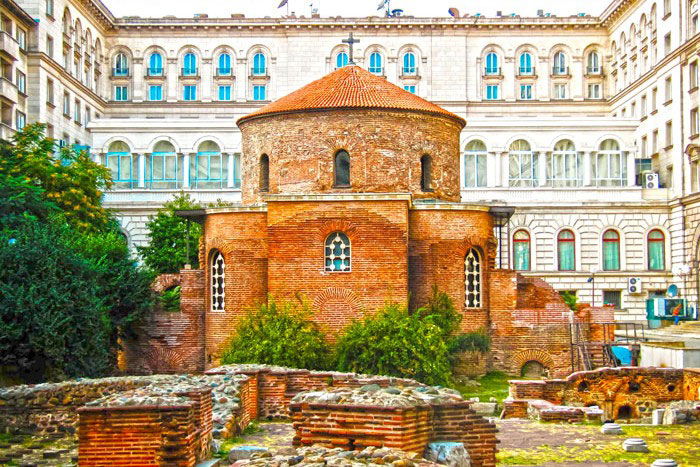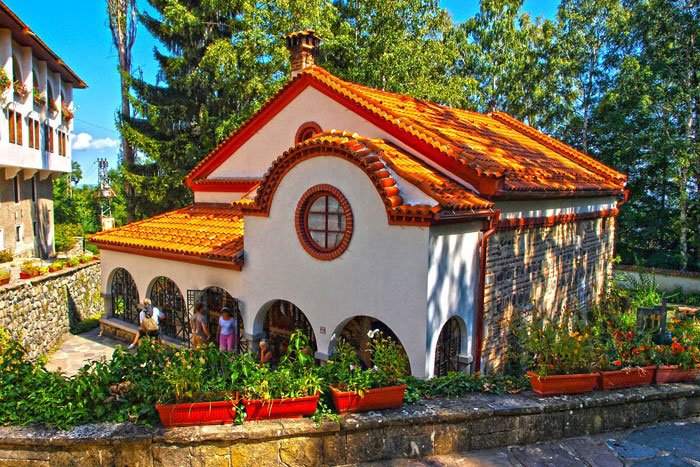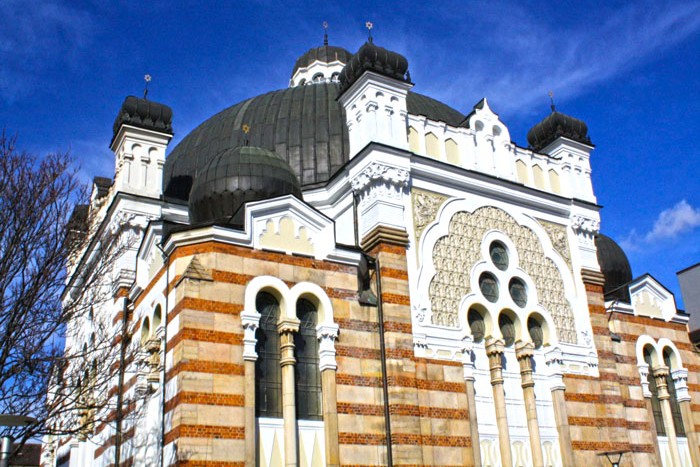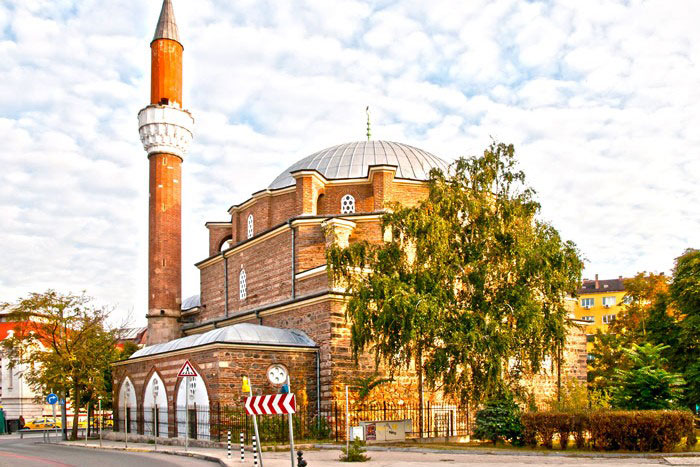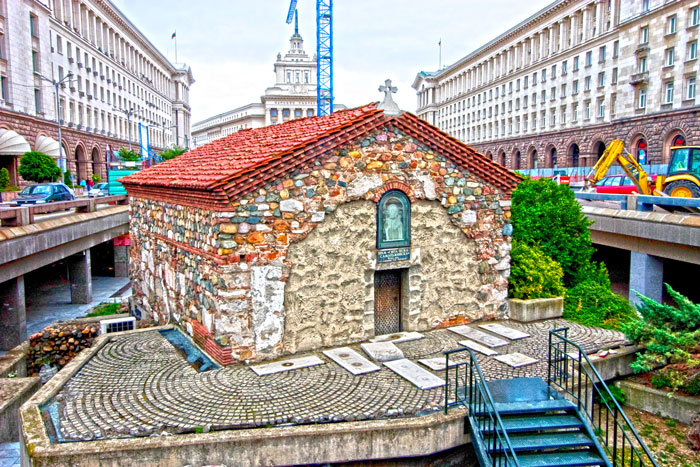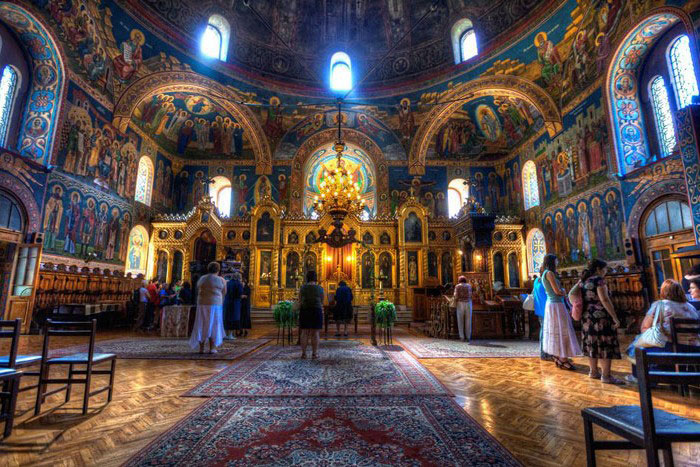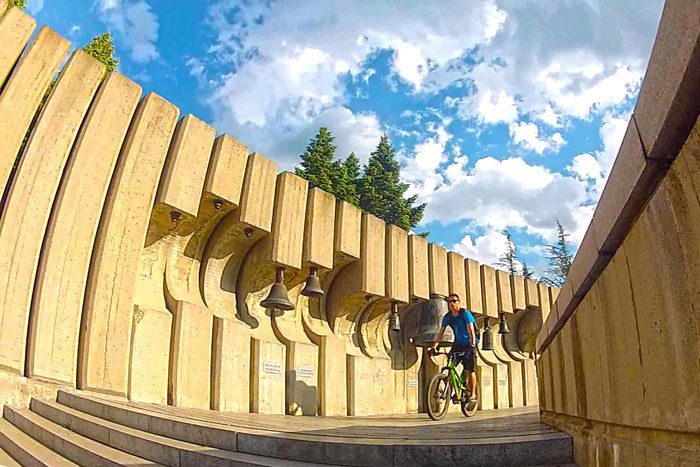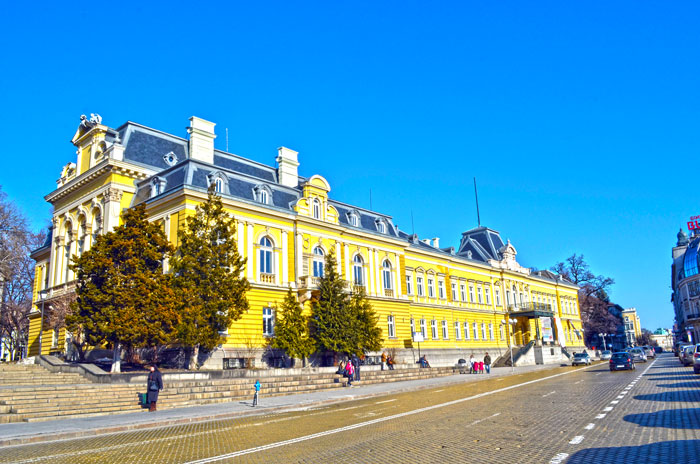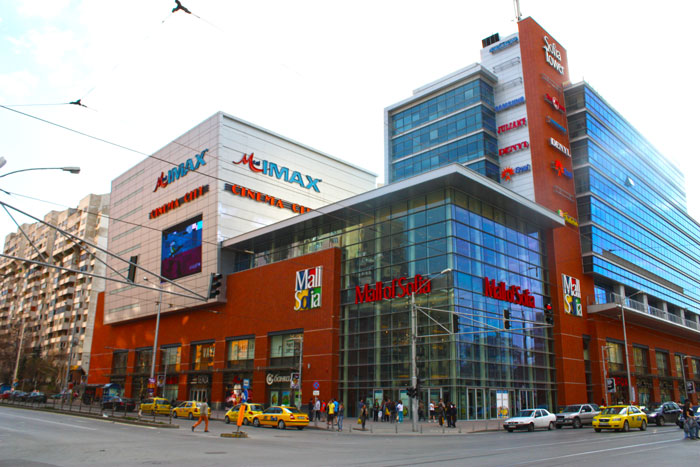Private Sofia Religion Tours
Medieval architecture and outstanding art in private Sofia tours
Nowadays, there are private Sofia tours that tell us interesting stories and facts of bygone times. A story like that is the one of the Boyana Church – the tiny jewel in the suburbs of Sofia.
Once upon a time, during the Middle Ages, there was the strong Bulgarian fortress that stood on the lower slopes of the Vitosha Mountain. Today that is the Sofia suburb of Boyana. Today’s Sofia used to be Sredets in the past. There were thirty-five fortresses and settlements, which formed the fortification systems of the city of Sredets. Boyana was one of the fortresses. Its name appeared for the first time in 969. The Boyana Church was built inside the bounderies of the fortress.
Boyana Church 900 years old
The church is about 900 years old and it has undergone many transformations and extensions during its existence. The Boyana Church was built in three stages. The first stage was built in the late 10th and early 11th. The second – in the mid-13th. And then, the last one – in the mid-19th centuries. It is a two-storey church and it was originally constructed in the late 10th and early 11th century. Then, in the 13th century the central wing was added and in the middle of the 19th century the whole building was finished with a further expansion to the west.
Only the first two churches, built during the Middle Ages, possess significant aesthetic and architectural value. In private Sofia tours we learn that the First Church or the so-called East Church was designed and used as a chapel. It was a typical Greek-cross plan with a dome, and a concealed internal cross without free-standing support and without a narthex. It is made entirely of brickwork.
The second section of today’s Boyana Church, the one from the mid-13th century that adjoins the East Church, was commissioned by Sebastocrator Kaloyan and his wife Desislava. Soon, the new two-storey tomb-church type building to the western wall of the First Church appeared. The ground floor was inented to be a narthex and it has direct access to the East Church.
The upper floor was used as a family chapel. It was dedicated to the martyr healer St. Panteleimon. Access to the chapel is by an outside staircase along the southern wall. Thus, the Boyana Church combines the East and Kaloyan’s churches in an unique combination of functional, structural, architectural and decorative requirements.

